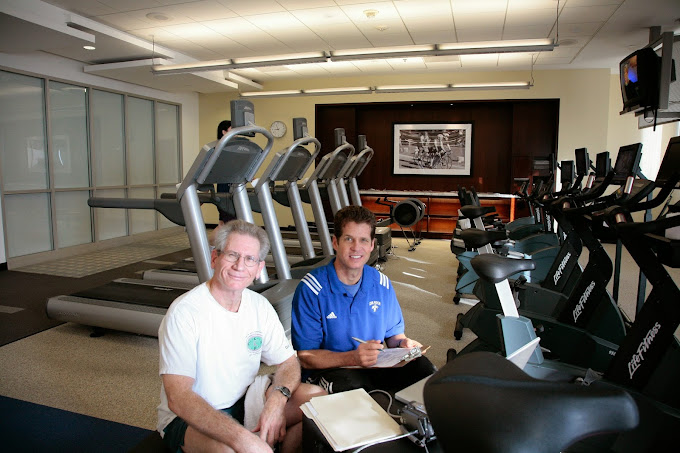Body Logic Sports Therapy
As we prepare for the Jamboree tournament this Saturday, to kick off the 2025 season, we’d like to acknowledge Body Logic Sports Therapy. Scott Blatt is the founder and President of Body Logic.
They will once again provide an athletic trainer each week to assist each week if any injuries occur on the field. The trainer can be found at the SCLA tent near the pavilion, marked with a red first aid flag. Please do not hesitate to approach the athletic trainers with any questions or concerns about a player's health.
If you have questions during the week, feel free to call their office at (805) 371-9116.
They are willing to arrange meetings with parents and their children to evaluate injuries and provide recommendations.
We are grateful to Scott and Body Logic for their longstanding partnership with SCLA and their continued support.

Founded in 1993 by Scott Blatt, DC ATC, Body Logic Sports Therapy is a full service sports therapy clinic that is dedicated to helping people recover from injury or pain and return them to their preferred activity, exercise or sport. Restoration of normal function is our focus. Our approach can be conservative or aggressive, depending on the goals and needs of the individual.
We have honed our rehabilitation programs for 25 years. Treating our elite athletes and general population with care and respect while delivering results.
How does lacrosse differ for boys and girls?
Lacrosse is a unique sport in that the rules for men and women (and boys and girls) are very different. Men’s lacrosse is classified as a contact sport, allowing both body and stick checking (disrupting a player’s movement or knocking the ball away). Male players wear helmets with facemasks, mouth guards, arm, elbow and shoulder pads and gloves to protect them during the game.
Women’s lacrosse is technically a non-contact sport, though controlled stick checking is allowed. Women do not wear helmets, but are required to wear eye protection and mouth guards.
Does lacrosse affect a certain age group or gender more than others?
The biggest differences are due to the different rules in men’s and women’s (or boys’ and girls’) lacrosse. Boys have more legal contact during the game and have greater incidence of shoulder separations and traumatic shoulder injuries.
Similar to soccer players, female lacrosse players have a higher risk of non-contact ACL injuries compared to males.
What are common lacrosse injuries?
The most common injuries from lacrosse include:
- Concussion is a common lacrosse injury that can occur from collisions with other players, stick checks to the head, being struck in the head by the ball, or from falling and hitting the head on the ground. Even though boys wear helmets and girls do not, the concussion rates in both sports are similar.
- Shoulder separation and dislocation are much more common in men’s lacrosse, where there is greater contact.
- Overuse injuries to the shoulder are not very common in lacrosse, compared to baseball, softball and swimming. This is mainly because the lacrosse stick gives the thrower a mechanical advantage and does not put as much stress on the shoulder itself.
- We also see hand, wrist and arm fractures, more often in men’s lacrosse, from being slashed by the opponent’s stick.
- Acute non-contact ACL injury, hamstring strain and ankle sprain are the most common lower extremity (leg) injuries in lacrosse.
Resources and tips for parents and coaches of lacrosse players
For more information about the sport, visit the US Lacrosse Website.

